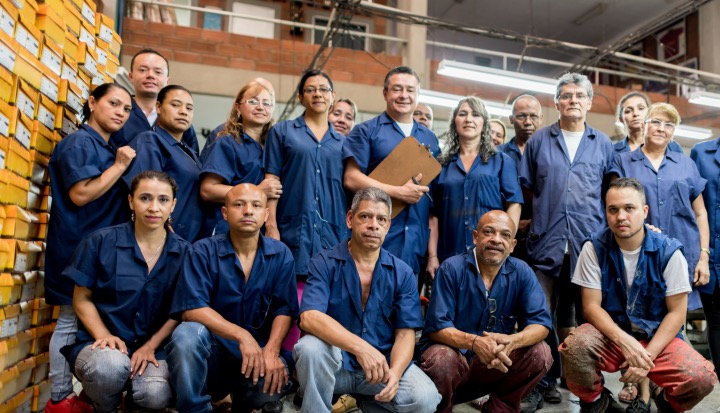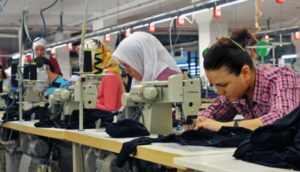In late 2024, as “state of sustainability” reports began hitting our inboxes en masse, we began interviewing colleagues and clients to explore the way that trends were playing out on the social side of the field – the human side, the side focused on the way companies impact the people they depend on to succeed. With progress slower than expected, tough trade-offs coming to a head, regulatory requirements mounting, and backlash coming in from different angles, how were companies’ social sustainability priorities changing, and their approaches evolving?
A common theme was that companies are prioritizing what one of our clients called “building the muscle” to identify and manage risks to people: mapping their supply chains, building data collection systems, establishing governance and accountability structures, figuring out how to set targets and measure their impacts. While each had their unique set of priorities and programs, our interviewees were all in some way working to systematize and bring rigor to their social sustainability work.
The context is now changing dramatically and fast – and we think it is safe to say that the need for companies to double down on the social side of sustainability will only become more acute. There are three questions we recommend that our social sustainability colleagues consider to ensure they are “building the muscle” for meaningful, positive impact on people – and by extension on their companies, and society as a whole.
1. How can we bring core worker concerns like wages, benefits, and job security to the table?
Social sustainability teams are working hard to strengthen their systems for ensuring their companies respect human rights and uphold labor standards – with a focus on where risks to people are most severe. But workers also want wages they can live on, work hours and schedules they can plan on, and benefits they can rely on during life’s ups and downs, like paid sick leave – issues that don’t always fit neatly into human rights frameworks, and are often left out of the conversation. More and more, we expect companies to find themselves in the crosshairs over these issues in their own operations and home markets, where worker expectations may be higher.
These are core business issues that require structural adjustments to business models and employment practices, and they usually fall outside the remit of most sustainability teams. In our current context, social sustainability leaders need to find ways of influencing business decision-making on these issues, as they have already begun to do on living wage and income in sectors like apparel and agri / food. For example, social sustainability leaders can collect and share data highlighting areas of vulnerability and opportunity to boost performance; work with business leadership to integrate responsible employment and procurement practices; and forge alliances with external stakeholders to support research and advocacy that shift the agenda and shape business practice industry-wide.
2. Are we leveraging social data for business decision-making, as well as reporting?
Regulatory reporting requirements and voluntary disclosure initiatives are upping the ante in terms of the information companies are expected to track and disclose – even with the current uncertainty around CSRD in Europe. Significant effort is going into compliance and seeking to meet stakeholder expectations for transparency. But disclosure doesn’t create business value on its own. Social sustainability teams are already stretched thin, but to realize the business case for their work, they need to invest just as much time and effort into connecting the information they are gathering with strategic and operational decision-making. What do the data tell us about emerging risks and opportunities, and how to get ahead of them? About how to prioritize, how to decide where – and how – to focus first? About how well current approaches are working and what might need to change?
3. Are we building the relationships required to move the needle on our priority issues?
Improving their own performance will only take companies so far. From forced labor to living wage, the people issues companies are most focused on have complex root causes that can only be addressed if stakeholders across the system change their behavior in some way. To “build the muscle” for managing their impacts on people, companies have to be thinking about building more than their own technical capacity – they have to be thinking about using their data and experience to inform advocacy, and to build and activate allies across their supply chains, industries, and home and host governments.
Social sustainability teams have had mixed experiences with large multi-stakeholder initiatives, and these take time to bear fruit. But not all MSIs are alike and there are multiple models of influence and engagement to consider. How best to engage government in support of an enabling policy and regulatory environment must be a central concern.
We will expand on each of these recommendations in future posts. Please get in touch to share your thoughts and experience!









